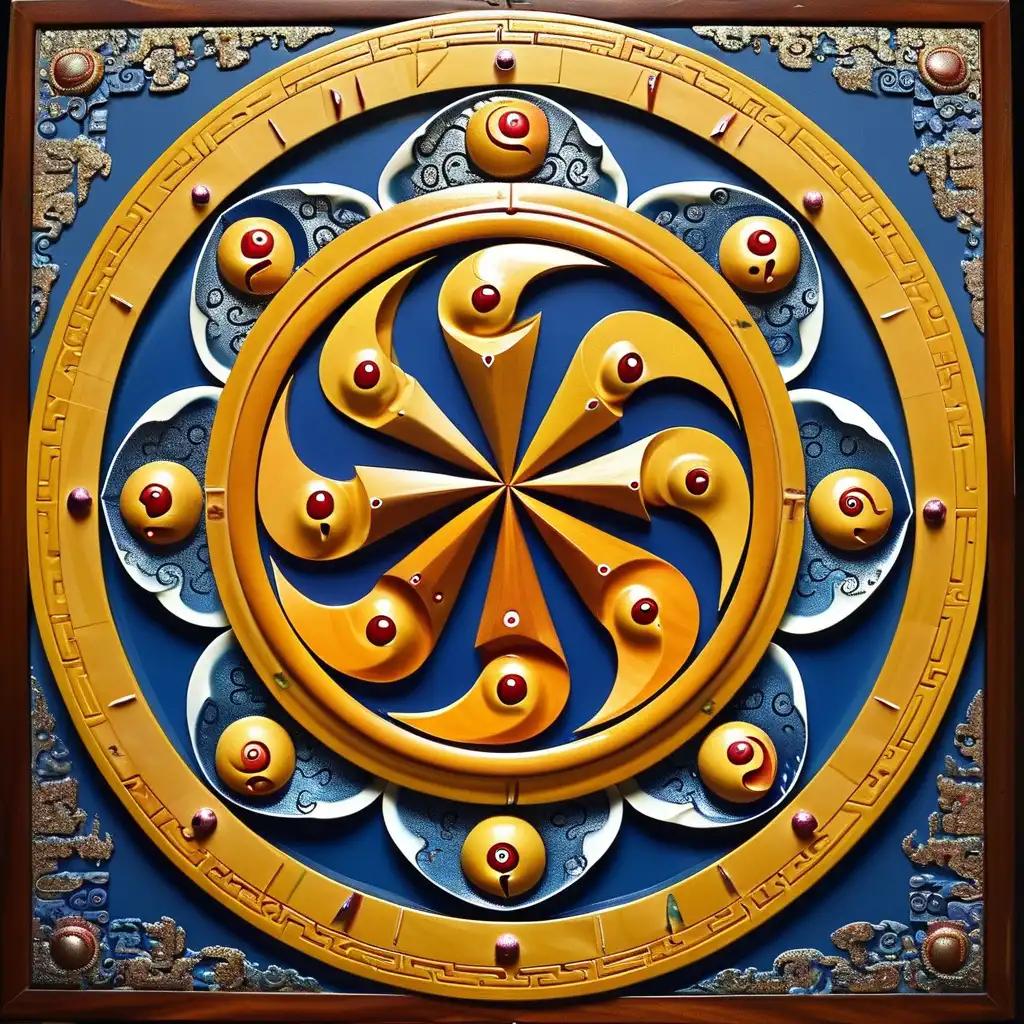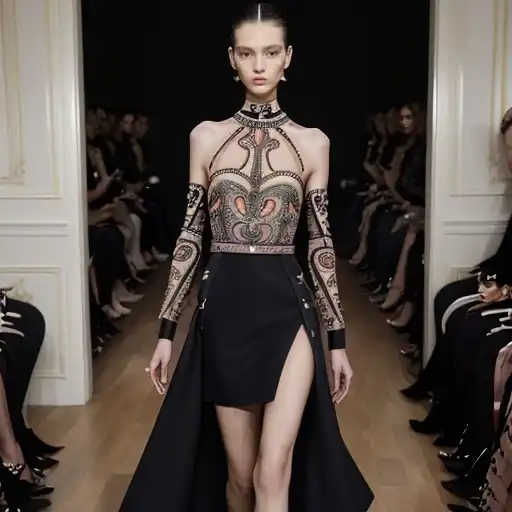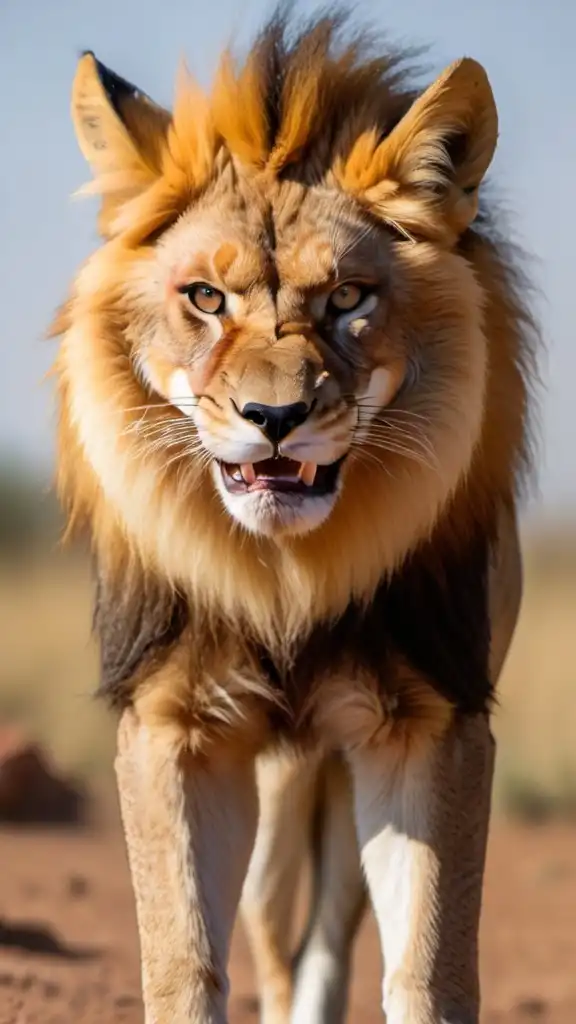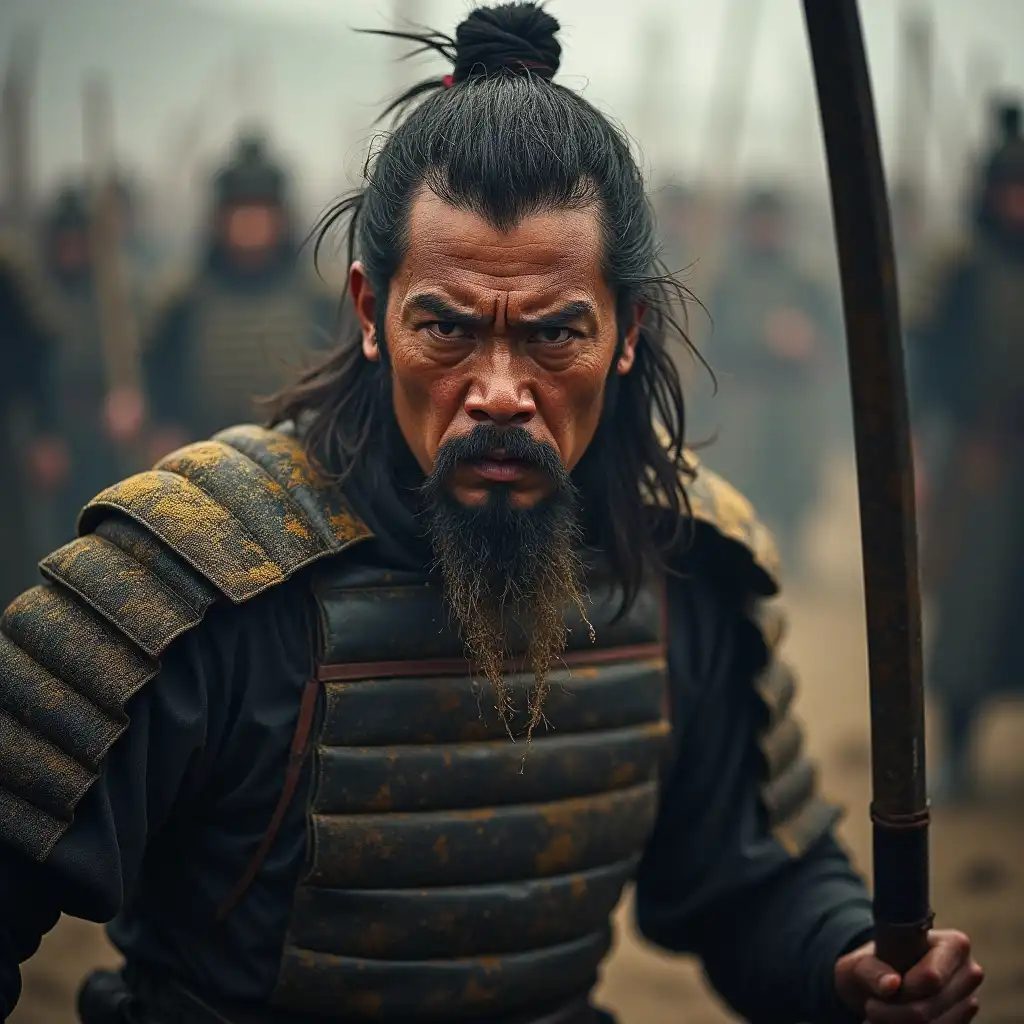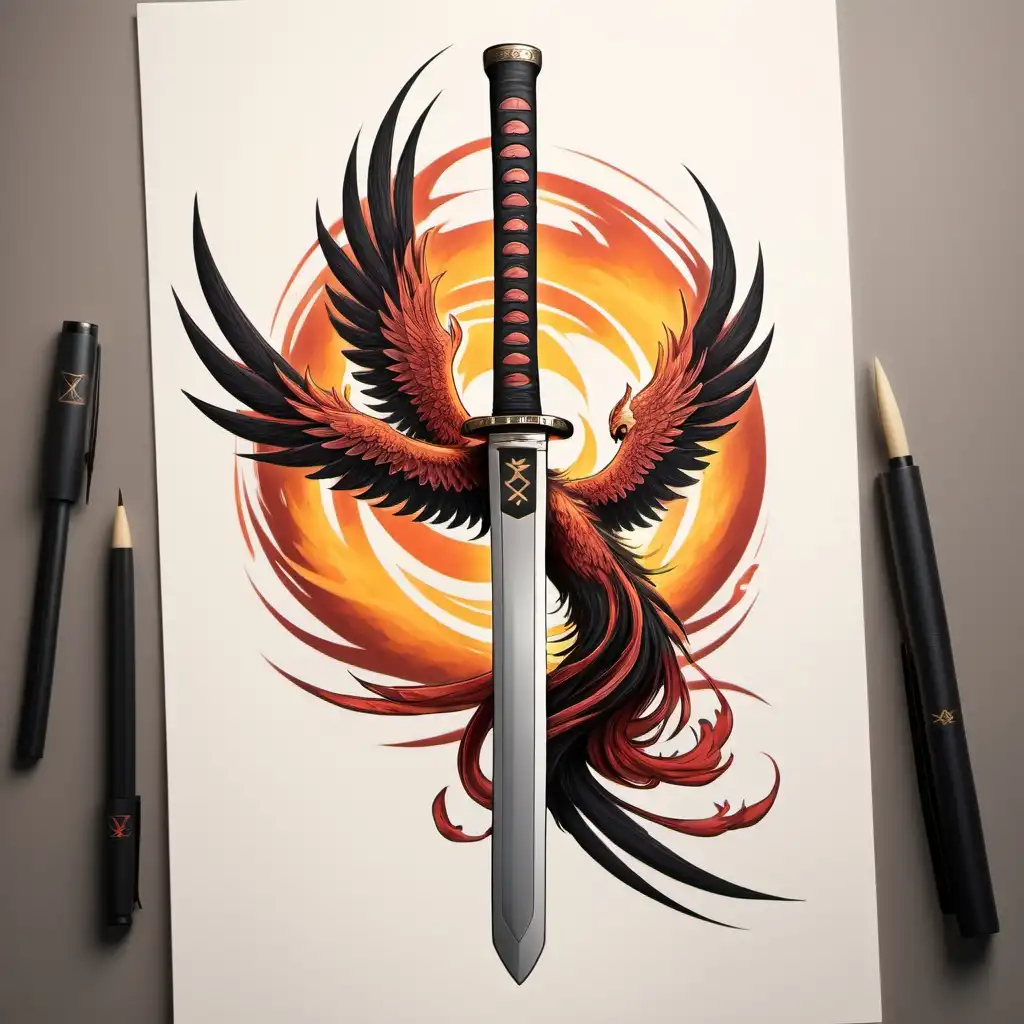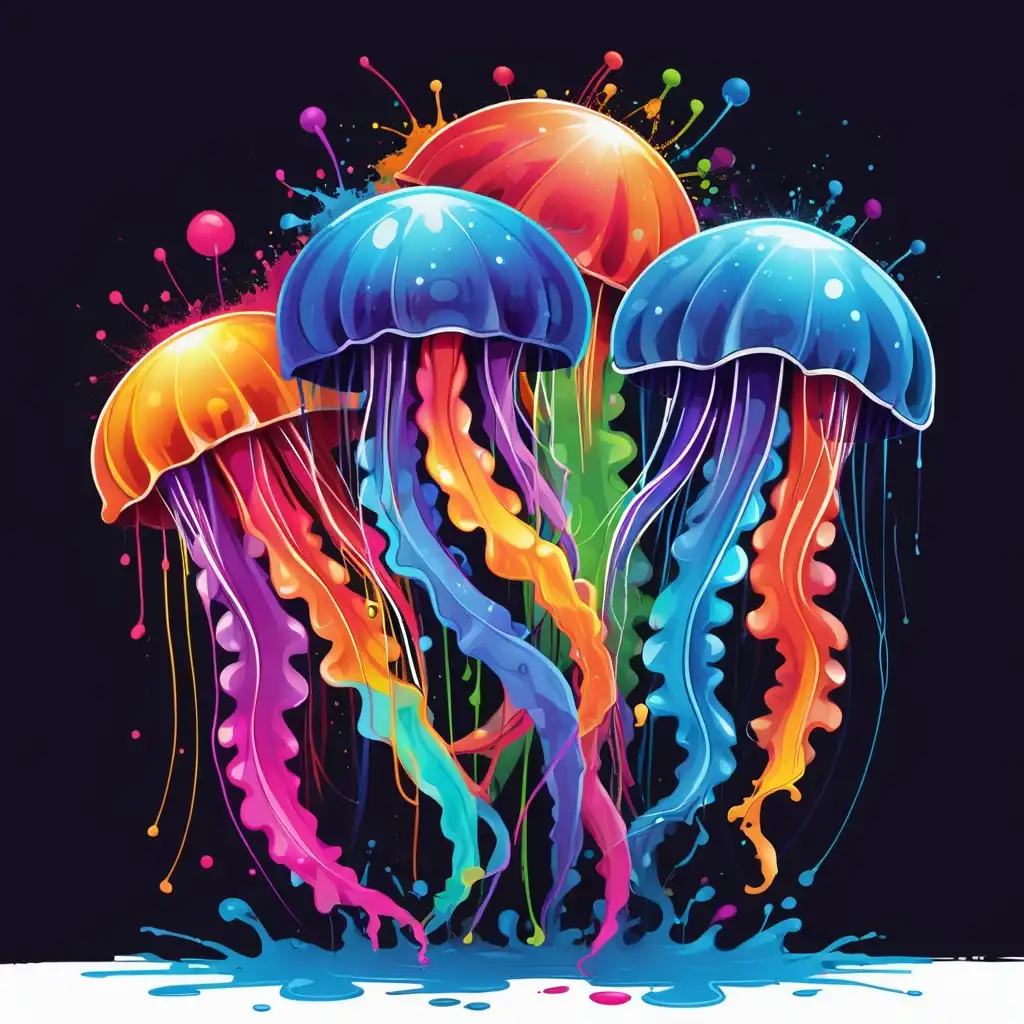图片提示词prompt
<mymodel> The gakyil or 'wheel of joy' is depicted in a similar form to the ancient Chinese yin-yang symbol, but its swirling central hub is usually composed of either three or four sections. The Tibetan term dga' is used to describe all forms of joy, delight, and pleasure, and the term 'khyil means to circle or spin. The wheel of joy is commonly depicted at the central hub of the dharmachakra, where its three or four swirls may represent the Three Jewels and victory over the three poisons, or the Four Noble Truths and the four directions. As a symbol of the Three Jewels it may also appear as the "triple-eyed" or wish-granting gem of the chakravartin. In the Dzogchen tradition the three swirls of the gakyil primarily symbolize the trinity of the base, path, and fruit.
<mymodel> gakyil或 “欢乐之轮” 的描绘形式与中国古代阴阳符号相似,但其漩涡状的中央轮毂通常由三个或四个部分组成。藏语 “dga” 一词用于描述所有形式的欢乐,喜悦和愉悦,而 “khyil” 一词的意思是绕圈或旋转。欢乐之轮通常被描绘在dharmachakra的中央枢纽,在那里它的三个或四个漩涡可能代表三个珠宝和对三个毒药的胜利
